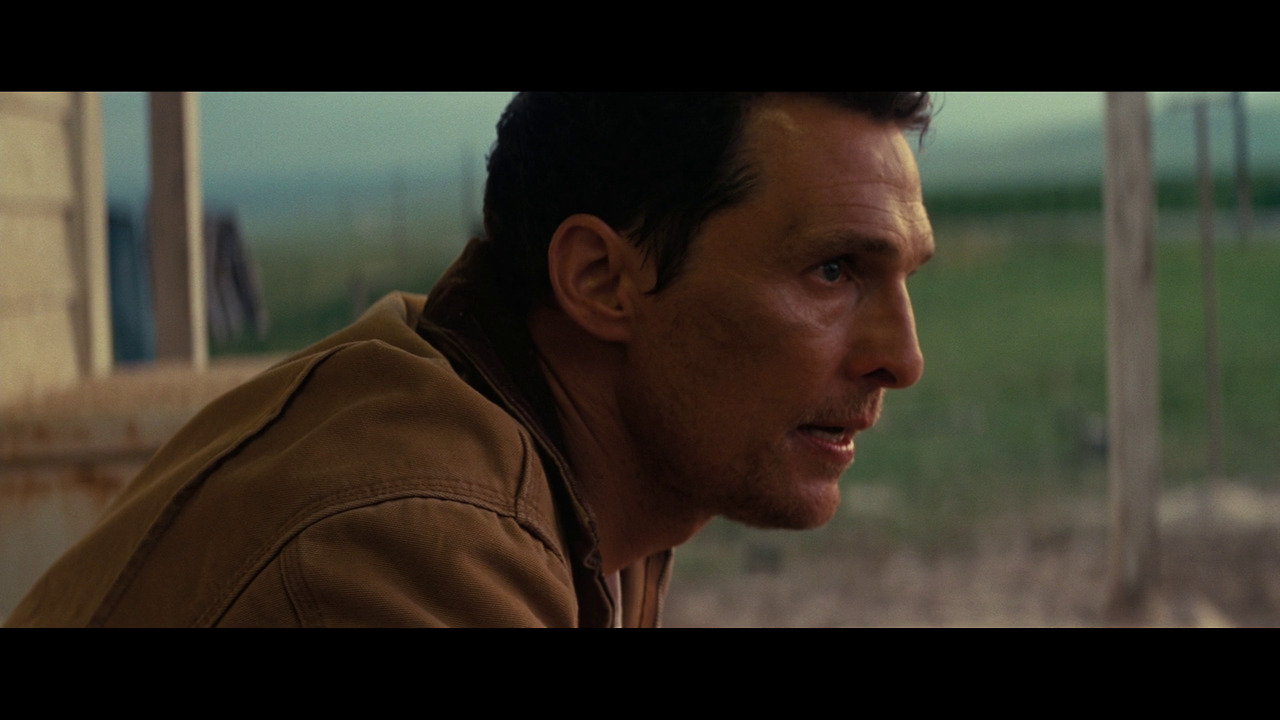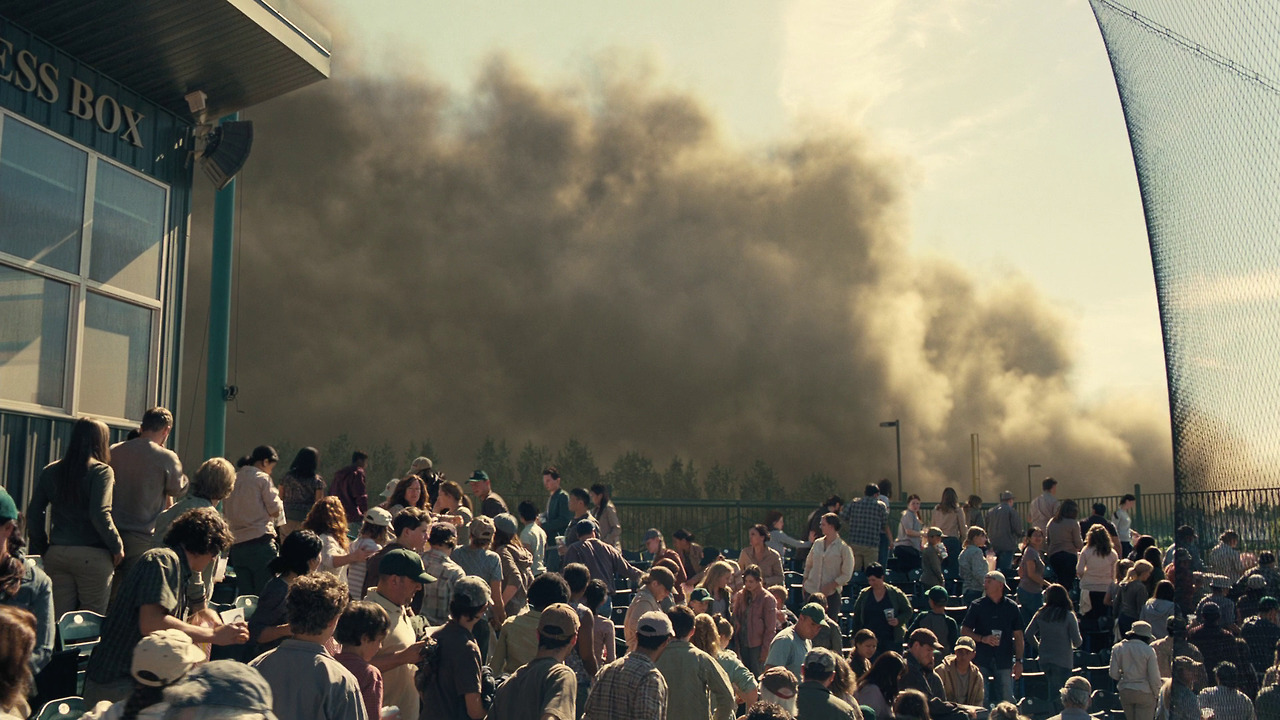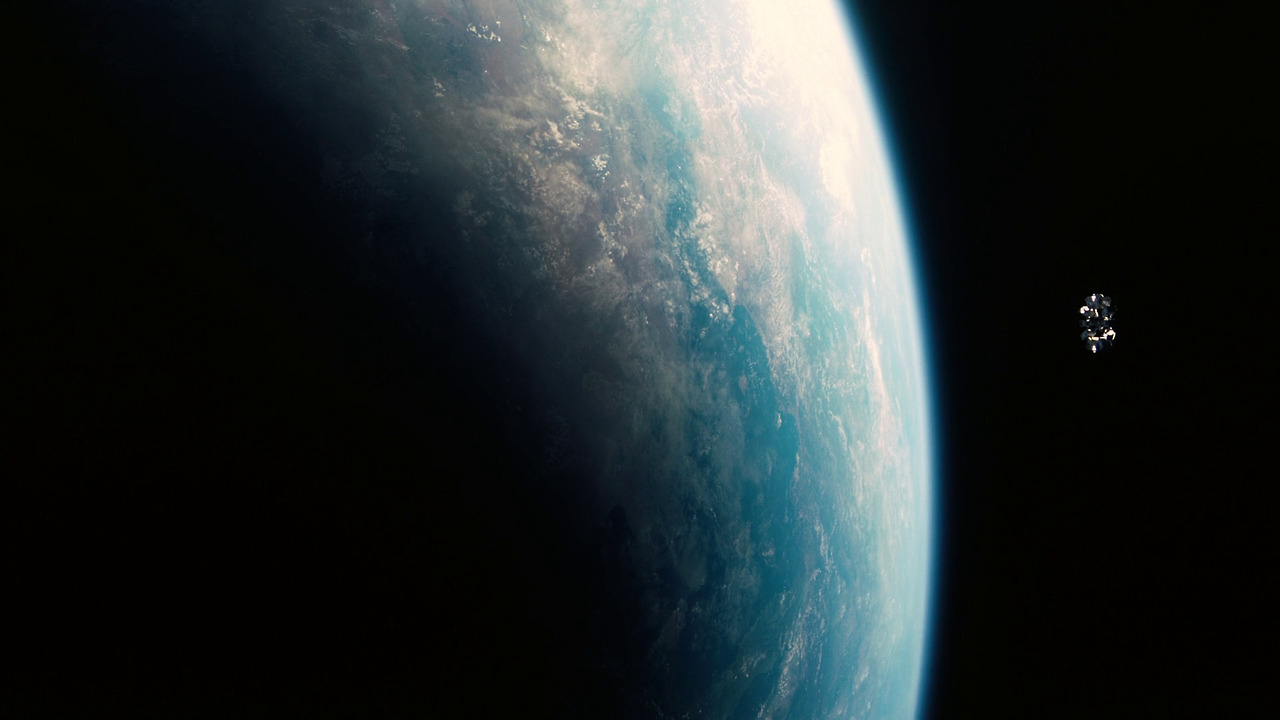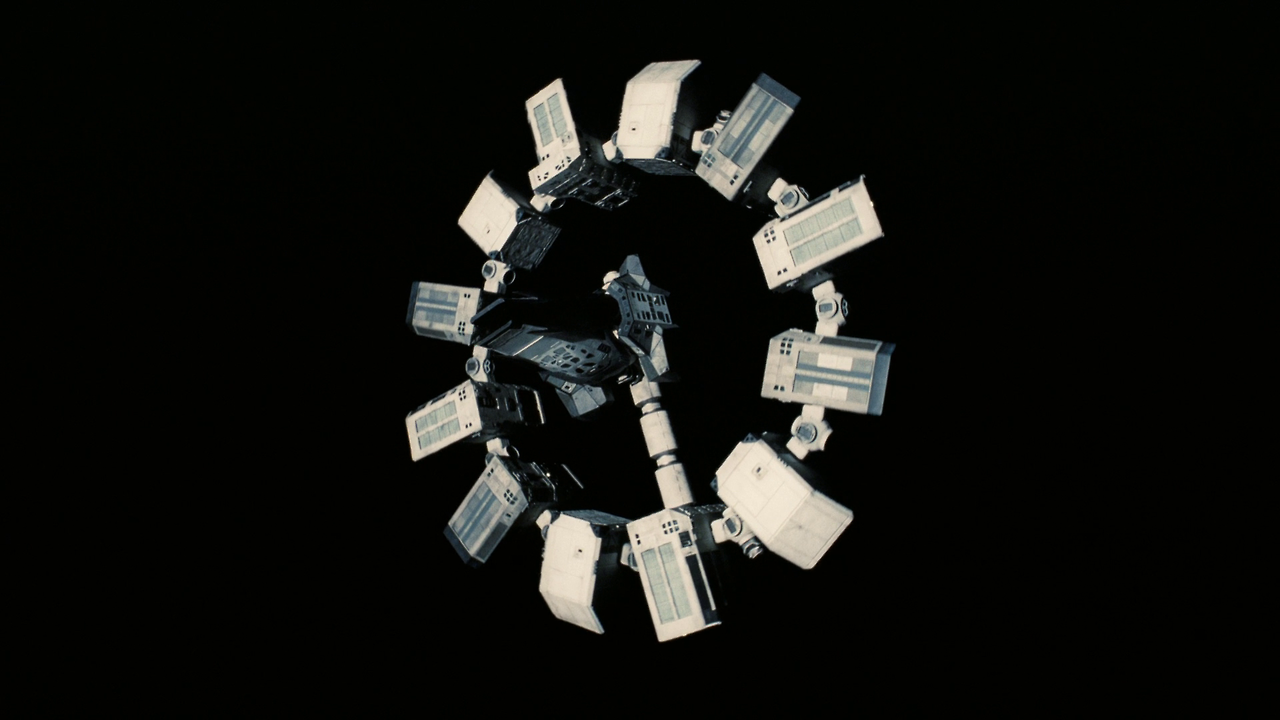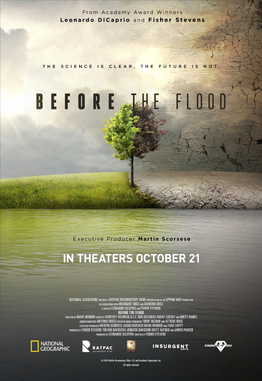Film review by Matthew Skolnik and Christine Skolnik
Alex Garland’s latest film, Annihilation, loosely based on Jeff VanderMeer’s best-selling and critically-acclaimed novel by the same name, explores creativity and self-destruction as well as the fuzzy boundaries between the human, natural, and alien worlds. The advancement of Area X diminishes the role of “barrier islands.” The rest will be history.
Area X, the mysterious and amorphous antagonist and setting of the film, also known as “The Shimmer,” creates beautiful, disturbing, and at times terrifying hybrids from the raw materials of the natural world. This creative aspect is recognized by the researchers and rendered aesthetically in the film’s hybrid landscapes. Flora, fauna, and “the elements” are all exceedingly strange, colorful, and in some cases terrifying. Though generally surrealistic and often moving as well as striking, some of the landscape elements might come across as a little kitsch. Intentional or not these seemingly false notes disturb the otherwise hypnotic dream-state of the film.
The characters and the environment are also destructive. Destructive and self-destructive. Garland’s version gives each main character a motivation to self-destruct. Portman and Isaac excel at intimating the creative and destructive complexities of committed relationships. Portman’s character says about her husband’s mission, “The silence around it is louder than usual,” but silence is as much a cause as an effect of their marital struggles. On one level the various character motivations are psychological clichés; on another level they are intellectually provocative and moving. The film has an “organic” quality in the sense that inter- and intrapersonal conflicts mirror the larger environmental and cosmic drama.
“It’s not destroying. It’s making something new.”
The female ensemble cast is interesting to reflect on in terms of creation and destruction. While “the feminine” is typically stereotyped as creative, the fact that members of the all-female research team play different roles and are all strong, “masculine,” and “destructive” in various ways, undermines mythical structures and social stereotypes. And while science is presumed to be inherently destructive in the sense that science kills in order to understand, the Garland narrative suggests, through language as well as action, that the irrational urge to destroy may be a cause of intellectual curiosity.
The larger forces of environmental destruction in the film seem alien, throughout, but on the condition that we imagine the cosmic as an outside of “nature.” And perhaps, more pointedly, when we ignore our own alien and hostile behavior. The permeability of the self and the internalization of destructive drives call the distinctions between the human, natural, and alien into question throughout the film. Is alienation an external or internal problem?
Another creative aspect of the film is the manner in which it subverts the common dystopian science-fiction tropes of mega cities or desertified environments, in the Blade Runner movies or the Mad Max series of films, for example. These environments are staples of various literary, film, and now graphic novel genres. The tropes of unbridled urban expansion and desertification are here replaced by an environment evolving into a variation of itself—a “neotropical” realm. Left to the will of “The Shimmer” post-evacuation, abandoned buildings and military bases become home to strange and beautiful incursions, while still retaining elements of brutality. Thus the dance of creation and destruction is accelerated and heightened.
Garland owes this alternative dystopian vision to VanderMeer whose novel is not only a descriptive master piece but also a kind of manifesto for the natural world. In the novel, Area X is not only setting and character, but alternately antagonist and protagonist, depending on one’s perspective which VanderMeer seems to manipulate. Some of this Escher-like quality is lost in the film, in which Area X is primarily an existential threat, though the sheer aesthetic quality of the best set elements and special effects also recruit us over to the other side.
This could even be the case with some of the most horrific elements. One might think a screaming wolf-bear could only be an antagonist, but in this context the creature can also be conceived as a product of an environment rebelling against the invasive behaviors of mankind.
The same can be said of the various familiar and yet strange facsimiles of nature. If humans as a product of nature are destructive, then their familiars and antagonists may conversely be creative.
At one point in the film, the leader of the expedition, the venerable Jennifer Jason Leigh, in a complex, villainous performance comparable to her performance in Single White Female, remarks that the biologist is “confusing suicide with self-destruction.” Though this statement, like most of the sententious dialogue remains unclear, the character also marks the ubiquity and unconscious nature of self-destruction. Her comments oppose a programmed self-destruction to suicide as a willful, existential choice. If self-destruction is a law, however, suicide is merely a rationalization or, more accurately, self-deception on all fronts. Before the expedition the geologist says of Area X, “I watch it grow closer. There’s only so long someone can do that.” However, on some level, it remains unclear whether the existential threat is ultimately external or internal?
“You’re confusing suicide with self-destruction”
One serious complaint is that the film loses track of itself in its penultimate act. This seems an expression of either artistic hubris, or a kind of stress response of a creator overwhelmed by his creation, not coincidentally untethered from its original. It also reads, for obvious reasons, as a unconscious performance of self-destruction.
Some fight, some are vanquished, some succumb, and some willingly become part of the alien landscape. At the end of the day, however, the “choices” seem irrelevant, because there is no “outside” of our own, already alien human nature. In this Garland remains faithful to VanderMeer’s great novel.
Image Sources:
http://horrorfreaknews.com/latest-trailer-sci-fi-horror-annihilation-shows-teeth




